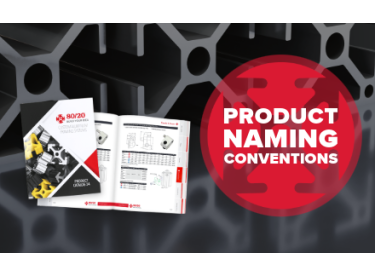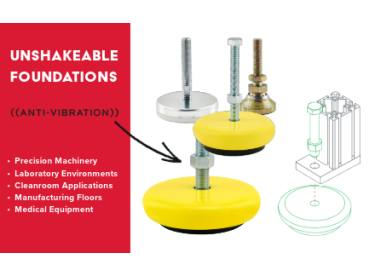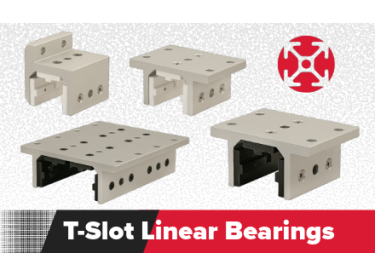Machine Guards Protect Your Teams *and* Equipment
Moving machine parts are a potential hazard to workers, especially in the industrial manufacturing and automotive industries. A brief moment of distraction or negligence can lead to severe workplace injuries. According to the Occupational Safety and Health Administration (OSHA), "workers who operate and maintain machinery suffer approximately 18,000 amputations, lacerations, crushing injuries, abrasions, and over 800 deaths per year."
Because of this, OSHA has established a set of standards for machine guarding, the protections on or around machines to safeguard workers from hazardous conditions or injury. The purpose of these machine guards is to protect the operator and other workers in the area from potential hazards, such as rotating/reciprocating parts, running nip points, or flying debris and sparks.
The Hazard Points of Machines
The potentially hazardous points on machines can be divided into three categories, all of which need to be safeguarded to prevent injury to workers and/or damage to the machine itself.
- The point of operation. This is where the work (such as cutting, shaping, or boring) is actually performed by the operator.
- The points of power transmission. These are the components of the mechanical system that conduct energy to the working parts of the machine. These can include gears, pulleys, belts, flywheels, cranks, cams, and connecting rods.
- Other moving parts. This includes any and all parts that move when the machine is working, including rotating, reciprocating, and transverse moving parts, as well as feed mechanisms and auxiliary components.


Requirements for Machine Guards
In order to adhere to OSHA's standards, machine guards must meet five minimum requirements. A machine guard must:
- Prevent any part of an operator's body from making contact with dangerous moving parts.
- Be secure so they can't be easily removed or tampered with by the operator.
- Protect the moving parts of the machine from falling objects.
- Create no new hazards, such as jagged edges or shear points.
- Create no interference that would prevent the operator from performing the job quickly and comfortably.
- Allow for safe lubrication without removing the guards.
The Benefits of T-Slot Aluminum Profiles for Machine Guarding
Machine guards, by necessity, need to be made of durable material that will withstand the conditions of normal use. 80/20's t-slot extrusions have a strength that's comparable to welded steel, with the added benefits of being lighter and easier to work with.
T-slot profiles are modular, which makes it much easier to tailor machine guards to fit your equipment *and* your workflow. It's also a simple matter to reconfigure your machine guards as your business (and your processes) evolve.
80/20 extruded aluminum profiles are available in safety yellow to denote caution and warning. No paint or primer needed!


The t-slot design makes it easy to add, move, or reposition additional safety devices on your machine guards, such as stop switches and sensors.


Wire mesh panels provide visibility, ventilation, and airflow while shielding operators from potential hazards. The mesh even has a thermoplastic coating to prevent abrasion and reduce the potential for injury.


80/20 Extruded Aluminum Profiles
If you're looking for a durable and flexible machine guard solution, 80/20 has the t-slot profiles, panels, and other components you need to protect your workers and your equipment. Visit our website for more information on 80/20's custom safety & guarding solutions.




